Radical Landscapes: a ‘rich and often superbly strange’ exhibition
This Tate Liverpool show offers ‘social and political history by other means’
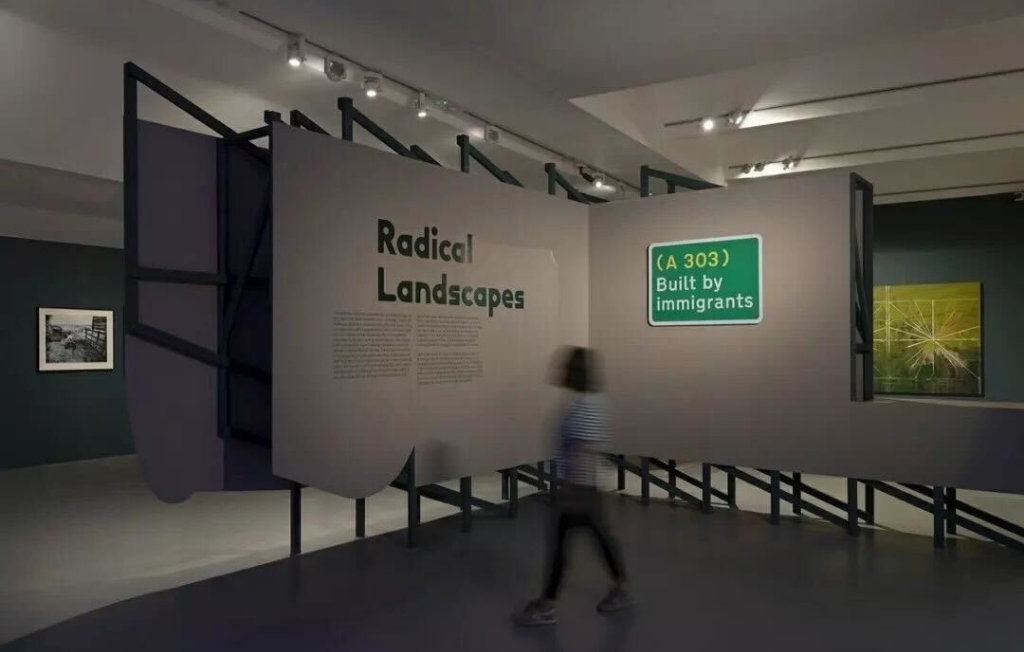
Tate Liverpool’s Radical Landscapes is a “rich and often superbly strange” exhibition that “burrows hard into our connection to rural Britain”, said Lucy Davies in The Daily Telegraph. Anyone expecting a gentle traipse through England’s “green and pleasant” land, however, will leave “disappointed”. Instead, the show explores how, over the course of the past century, landscape art “has been knocked from its traditionally pastoral perch”, and used to comment on issues such as “diversity, nuclear war and land rights”.
Bringing together paintings, photographs, films, sculptures and all manner of archival materials, the show is a kaleidoscopic journey that covers a lot of ground, from archaeological finds to 1990s rave culture and climate change, by way of artists including John Constable, Edward Burra and Tacita Dean. It’s a “brilliantly conceived” event that throws up no end of stellar exhibits.
What fun this show could have been, said Jonathan Jones in The Guardian. There are some “joyous, life-enhancing” moments. In one room, videos of free festivals at Stonehenge in the late 1980s and Derek Jarman’s “spooky” footage of the Avebury stone circle are displayed against a “hilarious” recreation of the Cerne Abbas giant by Jeremy Deller, in which the famous chalk figure is replicated in glowing white neon. Silly as it sounds, it really evokes “the British landscape at its most romantic and mysterious”.
The Week
Escape your echo chamber. Get the facts behind the news, plus analysis from multiple perspectives.

Sign up for The Week's Free Newsletters
From our morning news briefing to a weekly Good News Newsletter, get the best of The Week delivered directly to your inbox.
From our morning news briefing to a weekly Good News Newsletter, get the best of The Week delivered directly to your inbox.
Elsewhere, however, the show is a disappointment: a caption accompanying Constable’s Flatford Mill (Scene on a Navigable River) condemns its creator as a conservative painter whose work ignored the realities of rural poverty. In fact, far from “ignoring the miseries of his age”, Constable depicted them “honestly”; indeed, the depiction of a boy riding a tow-horse in the picture is an unsentimental “portrayal of child labour”. The exhibition resembles “a rambler from the city with no feel for the countryside”.
There are certainly some confused moments, said Laura Cumming in The Observer. The section called “Art in a Climate Crisis” is muddled: it’s unclear what Gustav Metzger’s light shows, designed “to mesmerise he crowds at Cream concerts in the 1960s”, are doing here at all. Still, overall it’s a “fascinating” show that offers “social and political history by other means”.
Alongside Eric Ravilious’s rolling chalk hills and the like, it covers the right to roam movement, and the Greenham Common nuclear protests; you can also see Peter Kennard’s iconoclastic vision of Constable’s Hay Wain stuffed with “a sheaf of cruise missiles”. For the receptive, “there is a vivid education to be had here”.
Tate Liverpool, Royal Albert Dock. Until 4 September
A free daily email with the biggest news stories of the day – and the best features from TheWeek.com
-
 Antibiotic resistance: the hidden danger on Ukraine’s frontlines
Antibiotic resistance: the hidden danger on Ukraine’s frontlinesUnder The Radar Threat is spreading beyond war zones to the ‘doorstep’ of western Europe
-
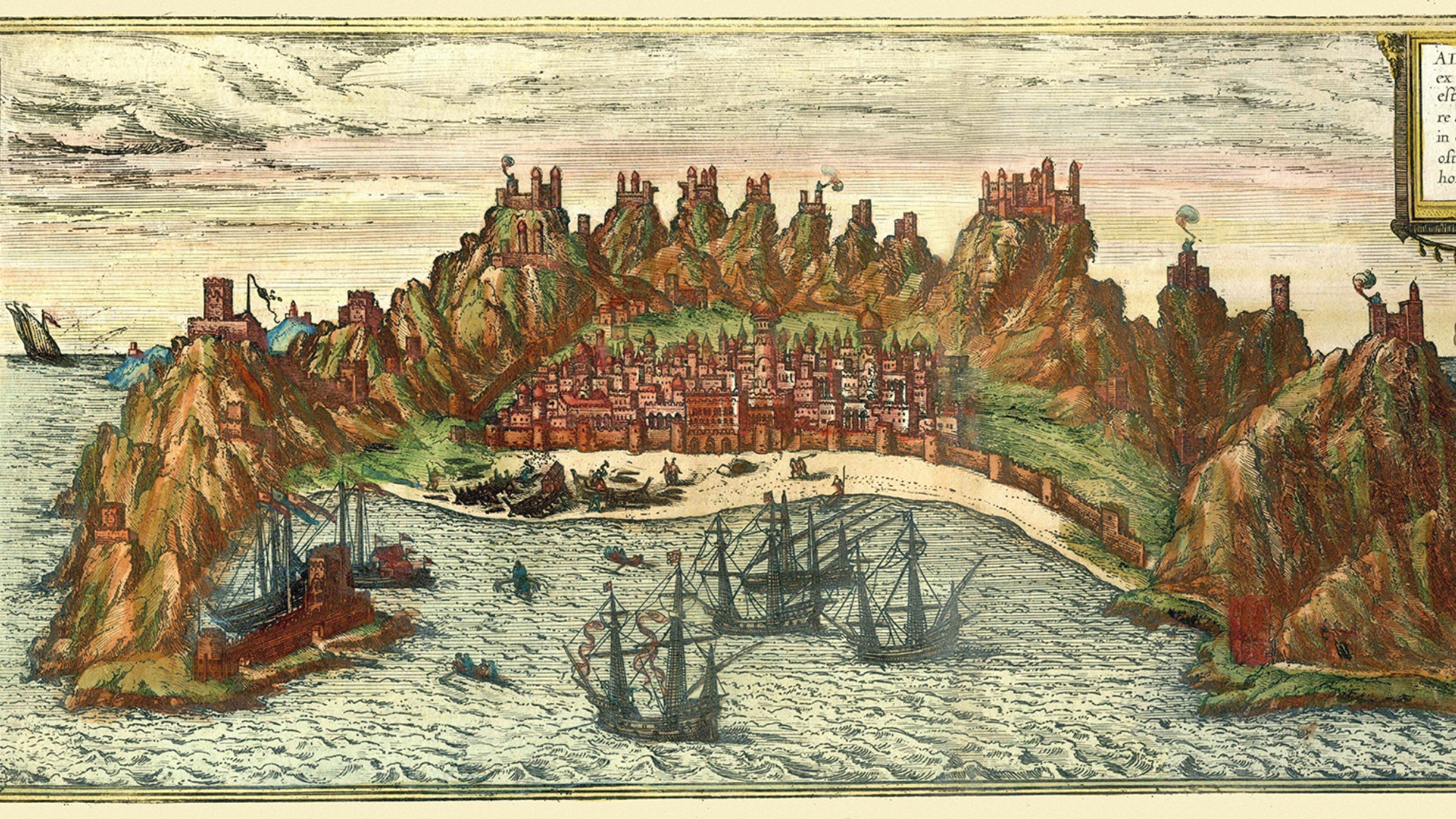 ‘Capitalism: A Global History’ by Sven Beckert and ‘American Canto’ by Olivia Nuzzi
‘Capitalism: A Global History’ by Sven Beckert and ‘American Canto’ by Olivia NuzziFeature A consummate history of capitalism and a memoir from the journalist who fell in love with RFK Jr.
-
 Who will the new limits on student loans affect?
Who will the new limits on student loans affect?The Explainer The Trump administration is imposing new limits for federal student loans starting on July 1, 2026
-
 ‘Capitalism: A Global History’ by Sven Beckert and ‘American Canto’ by Olivia Nuzzi
‘Capitalism: A Global History’ by Sven Beckert and ‘American Canto’ by Olivia NuzziFeature A consummate history of capitalism and a memoir from the journalist who fell in love with RFK Jr.
-
 Frank Gehry: the architect who made buildings flow like water
Frank Gehry: the architect who made buildings flow like waterFeature The revered building master died at the age of 96
-
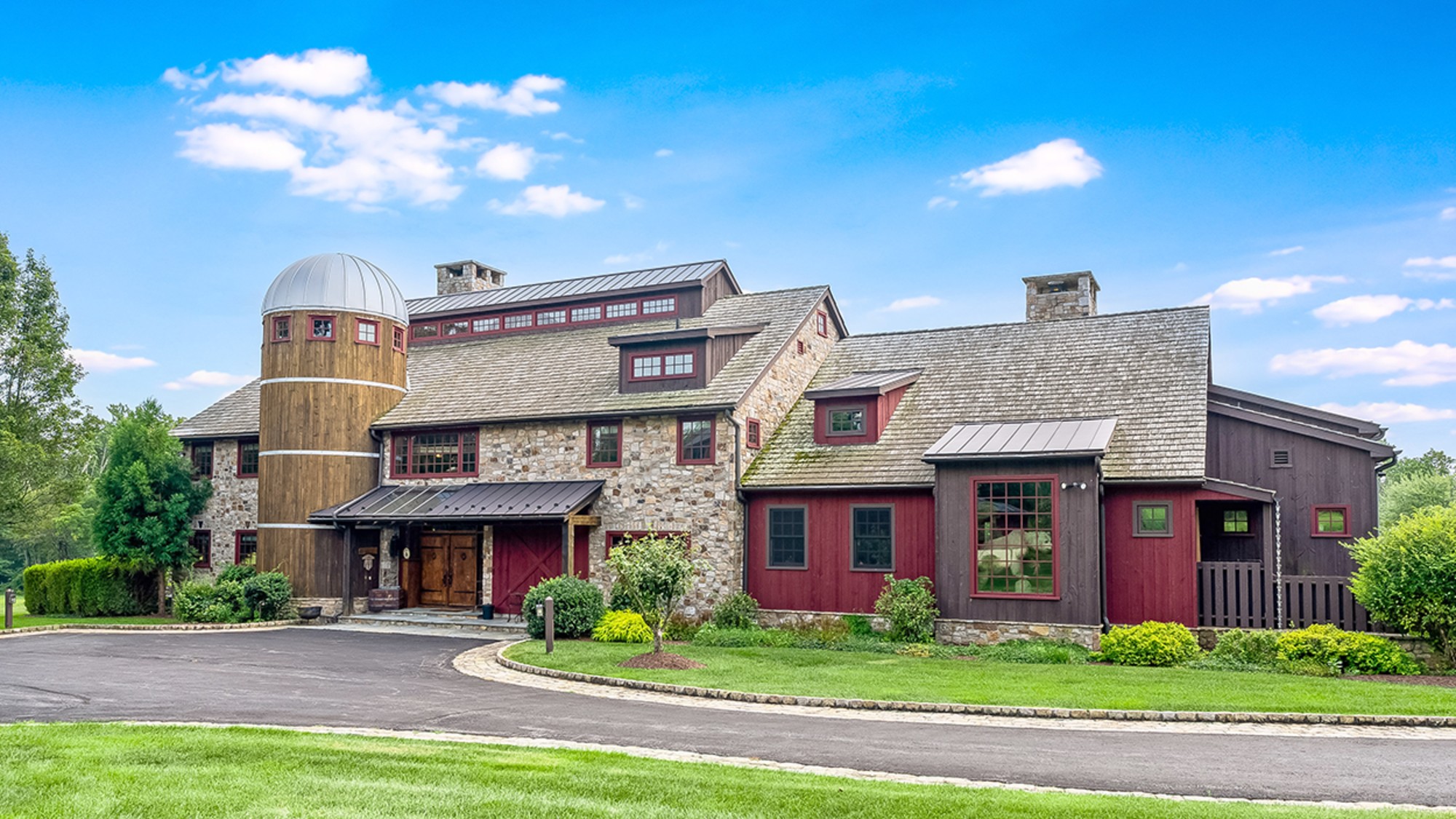 6 lovely barn homes
6 lovely barn homesFeature Featuring a New Jersey homestead on 63 acres and California property with a silo watchtower
-
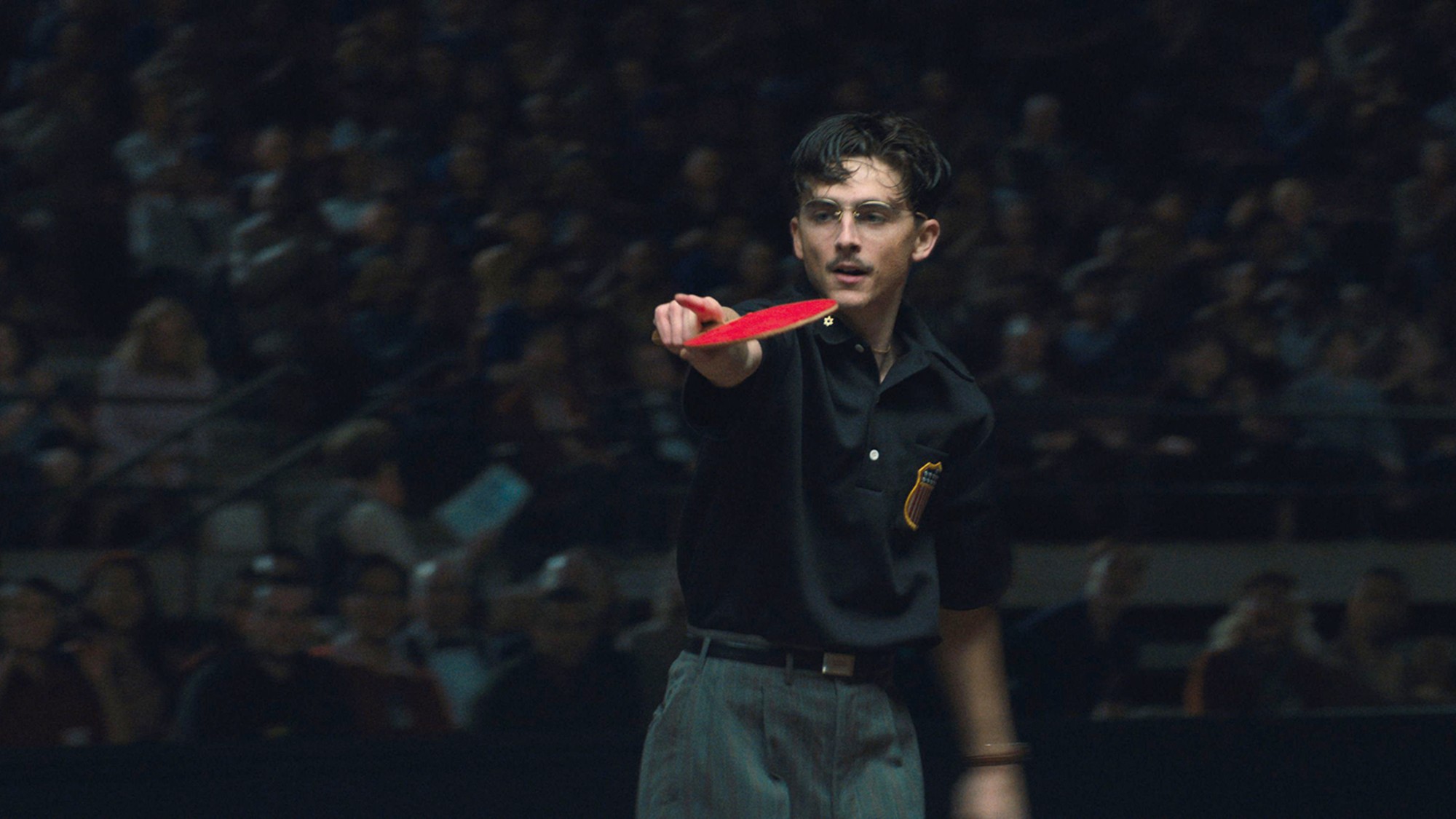 Film reviews: ‘Marty Supreme’ and ‘Is This Thing On?’
Film reviews: ‘Marty Supreme’ and ‘Is This Thing On?’Feature A born grifter chases his table tennis dreams and a dad turns to stand-up to fight off heartbreak
-
 Heavenly spectacle in the wilds of Canada
Heavenly spectacle in the wilds of CanadaThe Week Recommends ‘Mind-bending’ outpost for spotting animals – and the northern lights
-
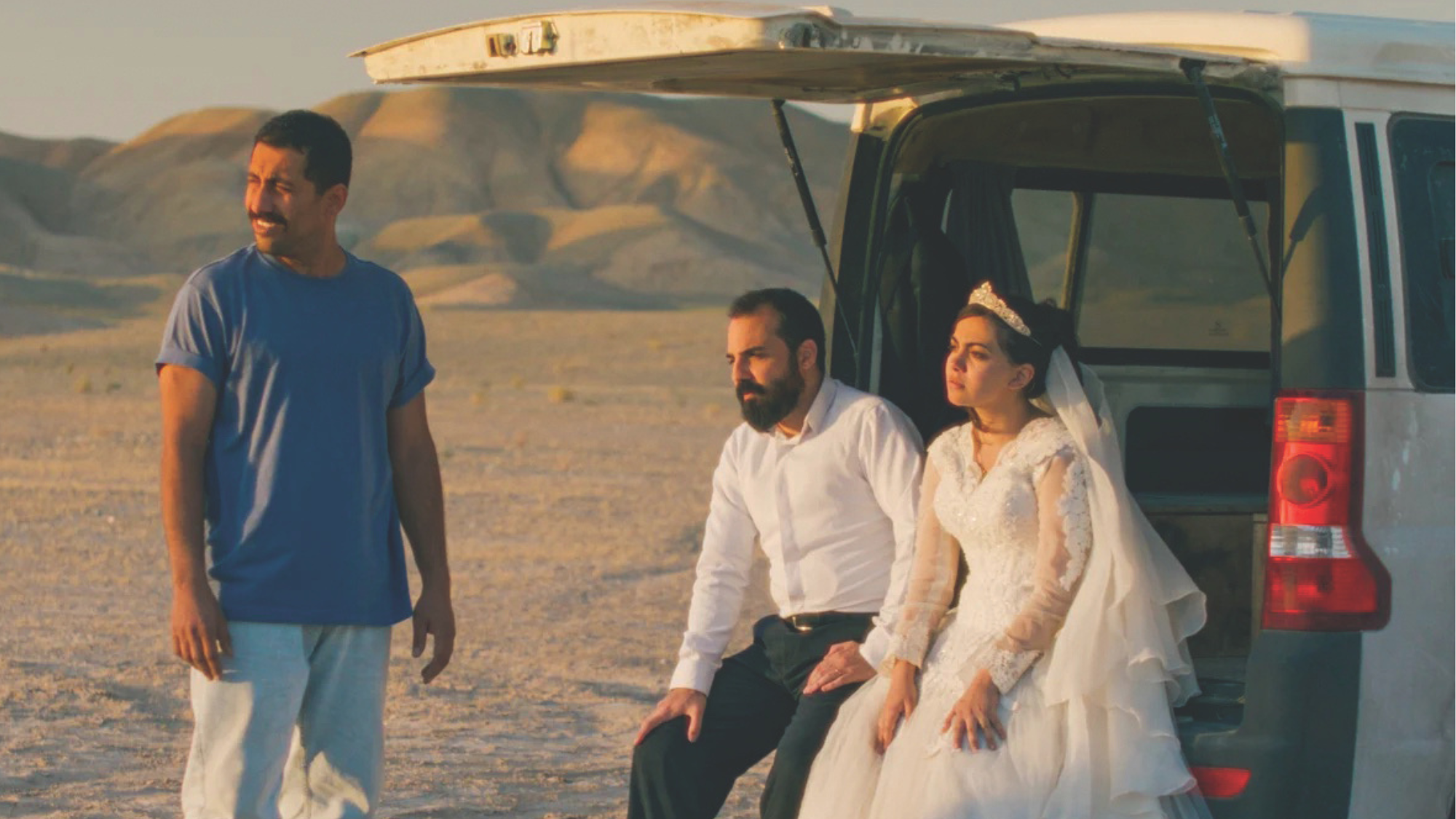 It Was Just an Accident: a ‘striking’ attack on the Iranian regime
It Was Just an Accident: a ‘striking’ attack on the Iranian regimeThe Week Recommends Jafar Panahi’s furious Palme d’Or-winning revenge thriller was made in secret
-
 Singin’ in the Rain: fun Christmas show is ‘pure bottled sunshine’
Singin’ in the Rain: fun Christmas show is ‘pure bottled sunshine’The Week Recommends Raz Shaw’s take on the classic musical is ‘gloriously cheering’
-
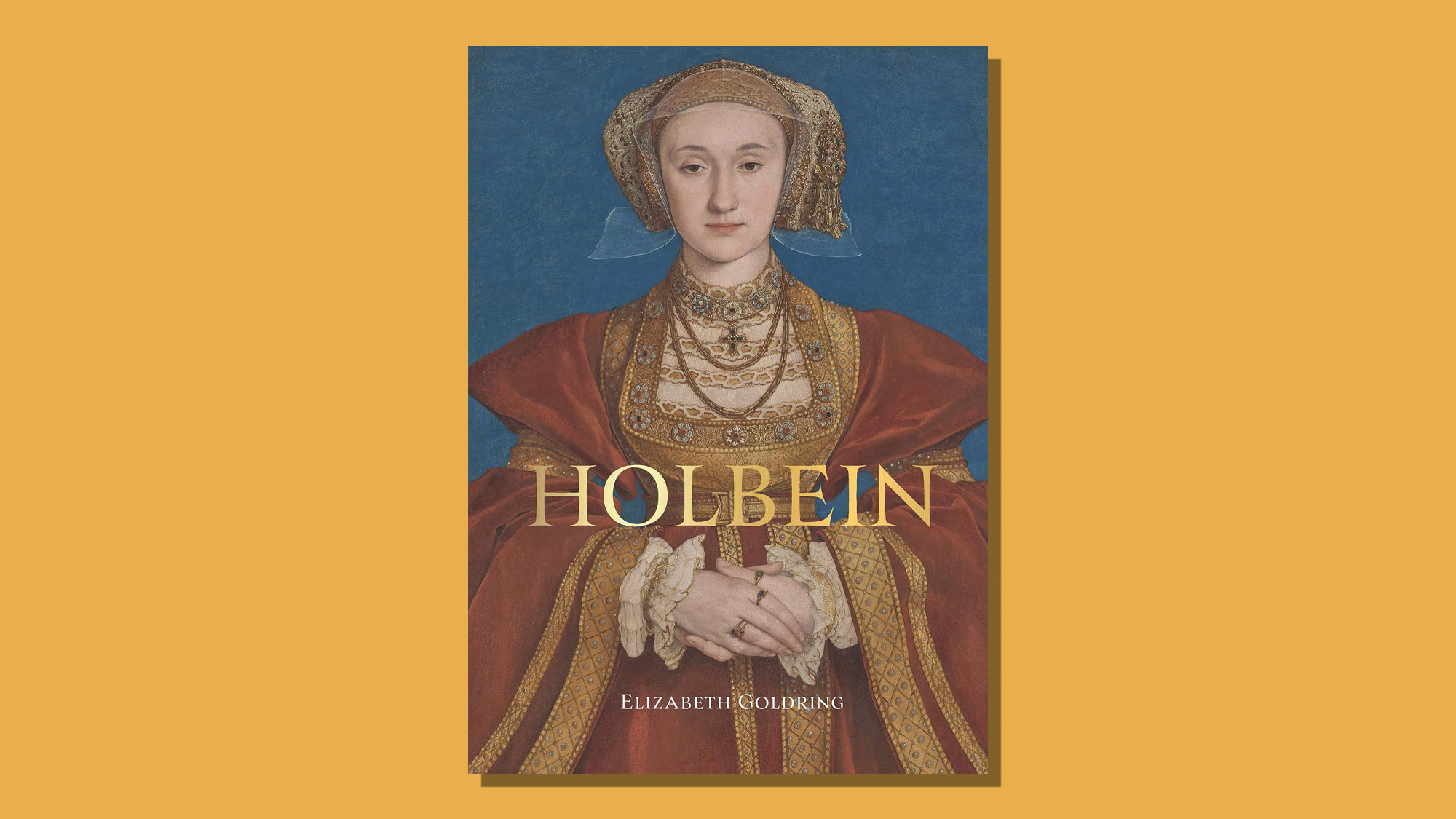 Holbein: ‘a superb and groundbreaking biography’
Holbein: ‘a superb and groundbreaking biography’The Week Recommends Elizabeth Goldring’s ‘definitive account’ brings the German artist ‘vividly to life’